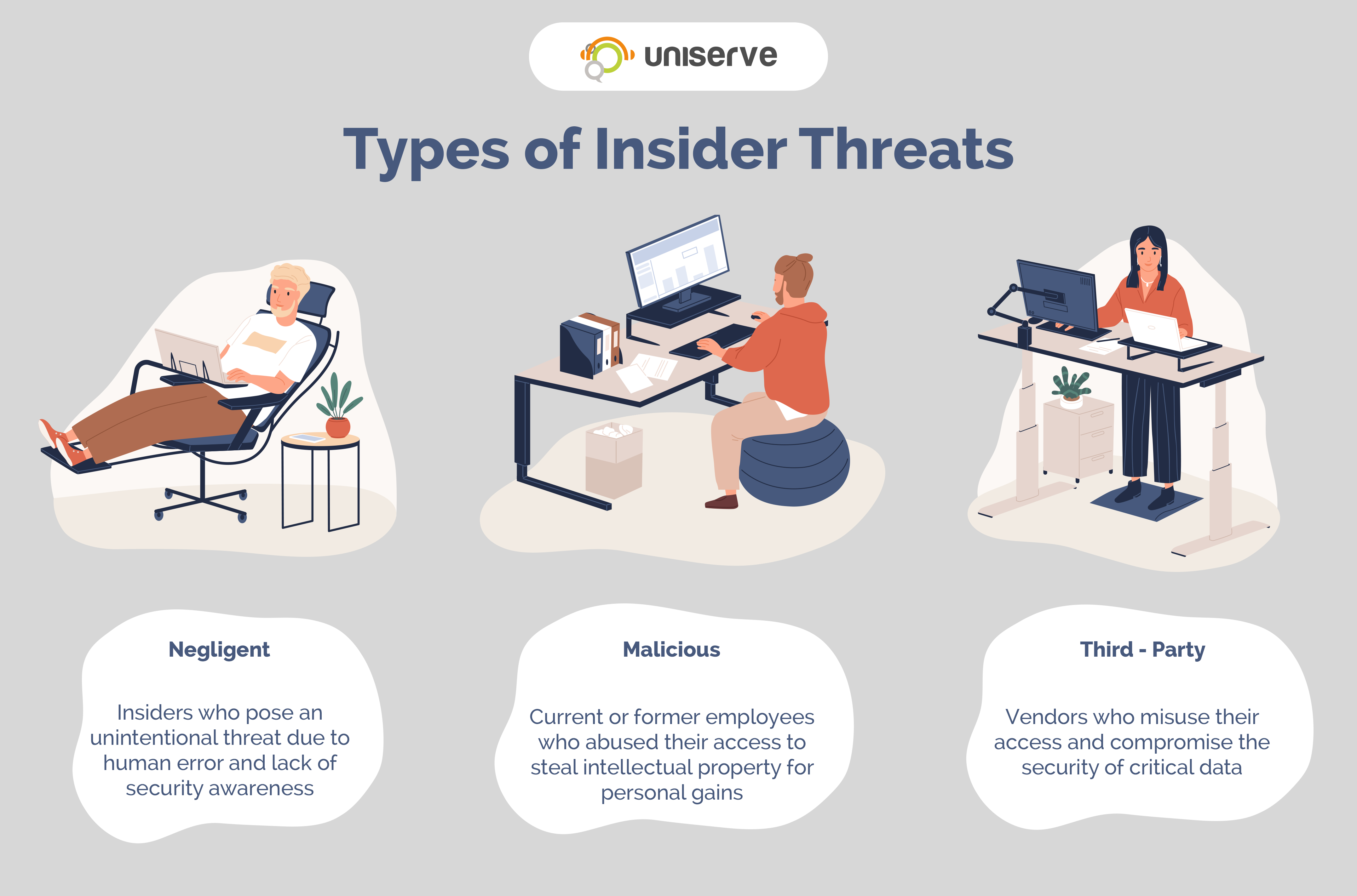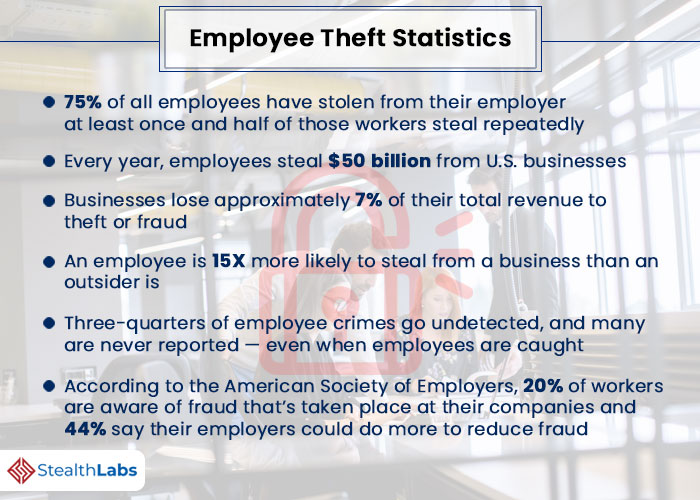The Dark Side of Employee Privileges
Working at a large corporation like Amazon comes with a level of trust and responsibility that is unmatched in many other industries. Employees are often given access to sensitive information, valuable assets, and critical systems, which can be a double-edged sword. On one hand, this level of trust can foster a sense of ownership and motivation among employees, leading to increased productivity and job satisfaction. On the other hand, it can also create an environment where some employees may feel entitled to abuse their privileges for personal gain.
In the case of the Amazon employee who stole $9 million, it is clear that the individual had access to sensitive financial information and systems, which they used to carry out the theft. This incident highlights the importance of implementing robust security measures and monitoring employee behavior to prevent such incidents from occurring. It also raises questions about the psychological factors that drive employees to steal from their employers, and whether there were any warning signs that Amazon could have picked up on.
According to a study by the Association of Certified Fraud Examiners, the majority of insider theft cases involve employees who have been with the company for at least a year, and who have access to sensitive information or systems. This suggests that insider theft is often a crime of opportunity, rather than a spontaneous act. By understanding the motivations and behaviors of employees who steal, companies like Amazon can take steps to prevent such incidents from occurring in the future.
One way to prevent insider theft is to implement robust security measures, such as surveillance cameras, access controls, and regular audits. These measures can help to detect and prevent theft, as well as provide a deterrent to employees who may be considering stealing. Additionally, companies can provide training and education to employees on the importance of ethics and integrity, and the consequences of insider theft.
By taking a proactive approach to preventing insider theft, companies like Amazon can protect their assets, maintain customer trust, and ensure a safe and secure working environment for their employees. In the next section, we will explore some tips and strategies for identifying and preventing insider threats in the workplace.
How to Identify and Prevent Insider Threats in the Workplace
Identifying and preventing insider threats is crucial for companies like Amazon to protect their assets, maintain customer trust, and ensure a safe and secure working environment. One way to do this is to monitor employee behavior, including their online activities, email communications, and access to sensitive information. By implementing robust security measures, such as surveillance cameras, access controls, and regular audits, companies can detect and prevent insider theft.
Another effective way to identify potential insider threats is to conduct regular audits and risk assessments. This can help to identify vulnerabilities in the system and provide a framework for implementing controls to mitigate those risks. Additionally, companies can provide training and education to employees on the importance of ethics and integrity, and the consequences of insider theft.
Implementing robust security measures can also help to prevent insider theft. This can include the use of technology, such as intrusion detection systems, data loss prevention tools, and encryption. By implementing these measures, companies can protect their sensitive information and prevent unauthorized access.
In the case of the Amazon employee who stole $9 million, it is clear that the individual had access to sensitive financial information and systems, which they used to carry out the theft. This incident highlights the importance of implementing robust security measures and monitoring employee behavior to prevent such incidents from occurring.
Companies can also use behavioral analysis to identify potential insider threats. This can include monitoring employee behavior, such as changes in work habits, unusual access to sensitive information, or unexplained changes in financial status. By identifying these behaviors, companies can take proactive steps to prevent insider theft.
Furthermore, companies can implement a whistleblower policy to encourage employees to report any suspicious behavior or activities. This can help to identify potential insider threats and prevent insider theft. By providing a safe and secure reporting mechanism, companies can encourage employees to speak up and report any concerns they may have.
By implementing these measures, companies like Amazon can identify and prevent insider threats, protect their assets, and maintain customer trust. In the next section, we will explore the psychological factors that drive employees to steal from their employers, including financial difficulties, lack of job satisfaction, and a sense of entitlement.
The Psychology Behind Employee Theft: Understanding the Motivations
Employee theft, including the recent case of an Amazon employee stealing $9 million, is often driven by a complex mix of psychological factors. One of the primary motivations behind employee theft is financial difficulties. Employees who are struggling to make ends meet or facing financial stress may see stealing from their employer as a way to alleviate their financial burdens.
Another factor that can contribute to employee theft is a lack of job satisfaction. Employees who feel undervalued, unappreciated, or overworked may be more likely to steal from their employer as a way to compensate for their perceived lack of recognition or reward. Additionally, employees who feel a sense of entitlement or believe that they are owed something by their employer may also be more likely to engage in theft.
Research has also shown that employees who are experiencing personal problems, such as relationship issues or health concerns, may be more likely to engage in theft. This is because these employees may be more vulnerable to stress and anxiety, which can impair their judgment and lead to impulsive behavior.
In the case of the Amazon employee who stole $9 million, it is possible that a combination of these factors contributed to their behavior. Perhaps the employee was experiencing financial difficulties or feeling undervalued in their role, leading them to see stealing as a way to address these issues.
Understanding the psychological factors that drive employee theft is crucial for employers who want to prevent this type of behavior. By recognizing the warning signs of employee theft, such as changes in behavior or unusual access to sensitive information, employers can take proactive steps to prevent theft and protect their assets.
Employers can also take steps to address the underlying psychological factors that contribute to employee theft. This can include providing employees with access to financial counseling or mental health resources, as well as recognizing and rewarding employees for their contributions to the organization.
By taking a proactive and compassionate approach to addressing the psychological factors that drive employee theft, employers can create a safer and more secure work environment for everyone. In the next section, we will explore Amazon’s response to the theft, including any internal investigations, disciplinary actions, and changes to company policies and procedures.
Amazon’s Response to the Theft: What Went Wrong and What’s Being Done
Amazon’s response to the theft of $9 million by one of its employees has been swift and decisive. The company has launched an internal investigation into the incident, which has resulted in the termination of the employee responsible for the theft. Additionally, Amazon has taken steps to strengthen its internal controls and security measures to prevent similar incidents from occurring in the future.
According to reports, Amazon’s internal investigation revealed that the employee had been able to steal the funds by exploiting a vulnerability in the company’s financial systems. The employee had been able to access sensitive financial information and use it to make unauthorized transactions.
Amazon has taken steps to address the vulnerability that was exploited by the employee, including implementing new security measures and conducting regular audits to ensure that its financial systems are secure. The company has also provided additional training to its employees on the importance of maintaining the confidentiality and integrity of sensitive financial information.
In addition to the internal investigation and disciplinary actions, Amazon has also taken steps to cooperate with law enforcement agencies to investigate the incident and bring the perpetrator to justice. The company has also provided support to its employees who may have been affected by the incident, including counseling and other resources.
Amazon’s response to the theft has been praised by experts as a model for how companies should respond to insider threats. The company’s swift and decisive action has helped to minimize the damage caused by the incident and prevent similar incidents from occurring in the future.
However, the incident has also raised questions about the effectiveness of Amazon’s internal controls and security measures. The company has faced criticism for not doing enough to prevent the theft, and for not having adequate measures in place to detect and respond to insider threats.
Despite these criticisms, Amazon has taken steps to address the concerns and improve its internal controls and security measures. The company has implemented new policies and procedures to prevent insider threats, including regular background checks and monitoring of employee behavior.
In the next section, we will examine the financial and reputational consequences of insider theft, including the impact on Amazon’s bottom line, customer trust, and employee morale.
The Consequences of Insider Theft: Financial and Reputational Damage
The theft of $9 million by an Amazon employee has had significant financial and reputational consequences for the company. The financial impact of the theft is obvious, with the company losing a substantial amount of money. However, the reputational damage may be even more severe, as the incident has raised questions about Amazon’s internal controls and security measures.
The theft has also had a negative impact on Amazon’s customer trust. Customers may be concerned about the security of their personal and financial information, and may be less likely to shop on the platform as a result. Additionally, the incident has damaged Amazon’s reputation as a trustworthy and secure company, which could have long-term consequences for the business.
Furthermore, the theft has also had a negative impact on Amazon’s employee morale. Employees may be concerned about the security of their jobs and the company’s ability to protect its assets. The incident has also raised questions about the company’s internal culture and whether it is doing enough to prevent insider threats.
The financial consequences of the theft are also significant. The $9 million stolen by the employee is a substantial amount of money, and the company will likely face significant costs in terms of investigating and responding to the incident. Additionally, the company may face regulatory fines and penalties as a result of the theft.
In addition to the financial and reputational consequences, the theft has also had a negative impact on Amazon’s stock price. The company’s stock price has declined since the incident was reported, and investors may be concerned about the company’s ability to protect its assets and prevent insider threats.
Overall, the consequences of insider theft can be severe and far-reaching. Companies like Amazon must take steps to prevent insider threats and protect their assets, or risk facing significant financial and reputational damage. In the next section, we will explore the lessons learned from this incident and provide guidance on implementing effective internal controls and security measures to prevent insider theft.
Lessons Learned: Implementing Effective Internal Controls and Security Measures
The theft of $9 million by an Amazon employee highlights the importance of implementing effective internal controls and security measures to prevent insider theft. One of the key lessons learned from this incident is the need for robust security measures, including surveillance cameras, access controls, and regular audits.
Surveillance cameras can be an effective deterrent against insider theft, as they provide a visible presence and can help to identify potential threats. Access controls, such as biometric authentication and secure login procedures, can also help to prevent unauthorized access to sensitive areas and systems.
Regular audits are also essential in preventing insider theft. These audits can help to identify vulnerabilities in the system and provide a framework for implementing controls to mitigate those risks. Additionally, regular audits can help to detect and prevent insider theft by identifying unusual patterns of behavior or transactions.
Technology can also play a key role in preventing insider theft. For example, data loss prevention tools can help to detect and prevent unauthorized access to sensitive information. Additionally, encryption can help to protect sensitive data and prevent it from being accessed by unauthorized individuals.
Another key lesson learned from this incident is the importance of employee screening and background checks. Thorough employee screening and background checks can help to identify potential insider threats and prevent them from being hired in the first place.
Internal HR processes can also play a key role in preventing insider theft. For example, regular performance reviews and feedback can help to identify potential issues and provide a framework for addressing them. Additionally, internal HR processes can help to ensure that employees are aware of the company’s policies and procedures and understand the consequences of insider theft.
Finally, the incident highlights the importance of a strong company culture and values. A strong company culture and values can help to prevent insider theft by promoting a sense of trust and responsibility among employees. Additionally, a strong company culture and values can help to ensure that employees are aware of the company’s policies and procedures and understand the consequences of insider theft.
In the next section, we will discuss the importance of employee screening and background checks in preventing insider theft, including the use of third-party services and internal HR processes.
The Importance of Employee Screening and Background Checks
Employee screening and background checks are crucial in preventing insider theft, including the recent case of an Amazon employee stealing $9 million. Thorough employee screening and background checks can help to identify potential insider threats and prevent them from being hired in the first place.
Third-party services can be used to conduct background checks and verify the accuracy of information provided by job applicants. These services can help to identify any red flags, such as a history of theft or dishonesty, and provide a more comprehensive picture of the applicant’s background.
Internal HR processes can also play a key role in preventing insider theft. Regular performance reviews and feedback can help to identify potential issues and provide a framework for addressing them. Additionally, internal HR processes can help to ensure that employees are aware of the company’s policies and procedures and understand the consequences of insider theft.
Employee screening and background checks can also help to identify potential insider threats by verifying the accuracy of information provided by job applicants. This can include verifying the applicant’s education and work history, as well as conducting reference checks.
In addition to verifying the accuracy of information provided by job applicants, employee screening and background checks can also help to identify potential insider threats by identifying any red flags. This can include a history of theft or dishonesty, as well as any other behavior that may indicate a potential risk.
Amazon’s experience with insider theft highlights the importance of thorough employee screening and background checks. By conducting thorough background checks and verifying the accuracy of information provided by job applicants, companies can help to prevent insider theft and protect their assets.
In the next section, we will explore Amazon’s path forward after the theft, including efforts to rebuild trust with customers and employees, and implement new security measures to prevent similar incidents in the future.
Rebuilding Trust: Amazon’s Path Forward After the Theft
After the shocking case of an Amazon employee stealing $9 million, the company is now focused on rebuilding trust with its customers and employees. Amazon has taken several steps to address the incident and prevent similar incidents in the future.
One of the key steps Amazon has taken is to implement new security measures to prevent insider theft. This includes the use of advanced technology, such as artificial intelligence and machine learning, to monitor and detect suspicious activity. Additionally, Amazon has increased its investment in employee screening and background checks to ensure that all employees are thoroughly vetted before being hired.
Amazon has also taken steps to rebuild trust with its customers. The company has issued a statement apologizing for the incident and assuring customers that it is taking all necessary steps to prevent similar incidents in the future. Additionally, Amazon has implemented new measures to protect customer data and prevent unauthorized access.
Furthermore, Amazon has taken steps to rebuild trust with its employees. The company has issued a statement to employees assuring them that it is committed to maintaining a safe and secure work environment. Additionally, Amazon has implemented new measures to support employees who may be struggling with financial difficulties or other personal issues that may lead to insider theft.
Amazon’s path forward after the theft is focused on rebuilding trust and preventing similar incidents in the future. The company is committed to maintaining a safe and secure work environment and protecting its customers’ data. By implementing new security measures and increasing its investment in employee screening and background checks, Amazon is taking a proactive approach to preventing insider theft.
In conclusion, Amazon’s experience with insider theft highlights the importance of implementing effective internal controls and security measures to prevent insider theft. By taking a proactive approach to preventing insider theft, companies can protect their assets and maintain a safe and secure work environment.







